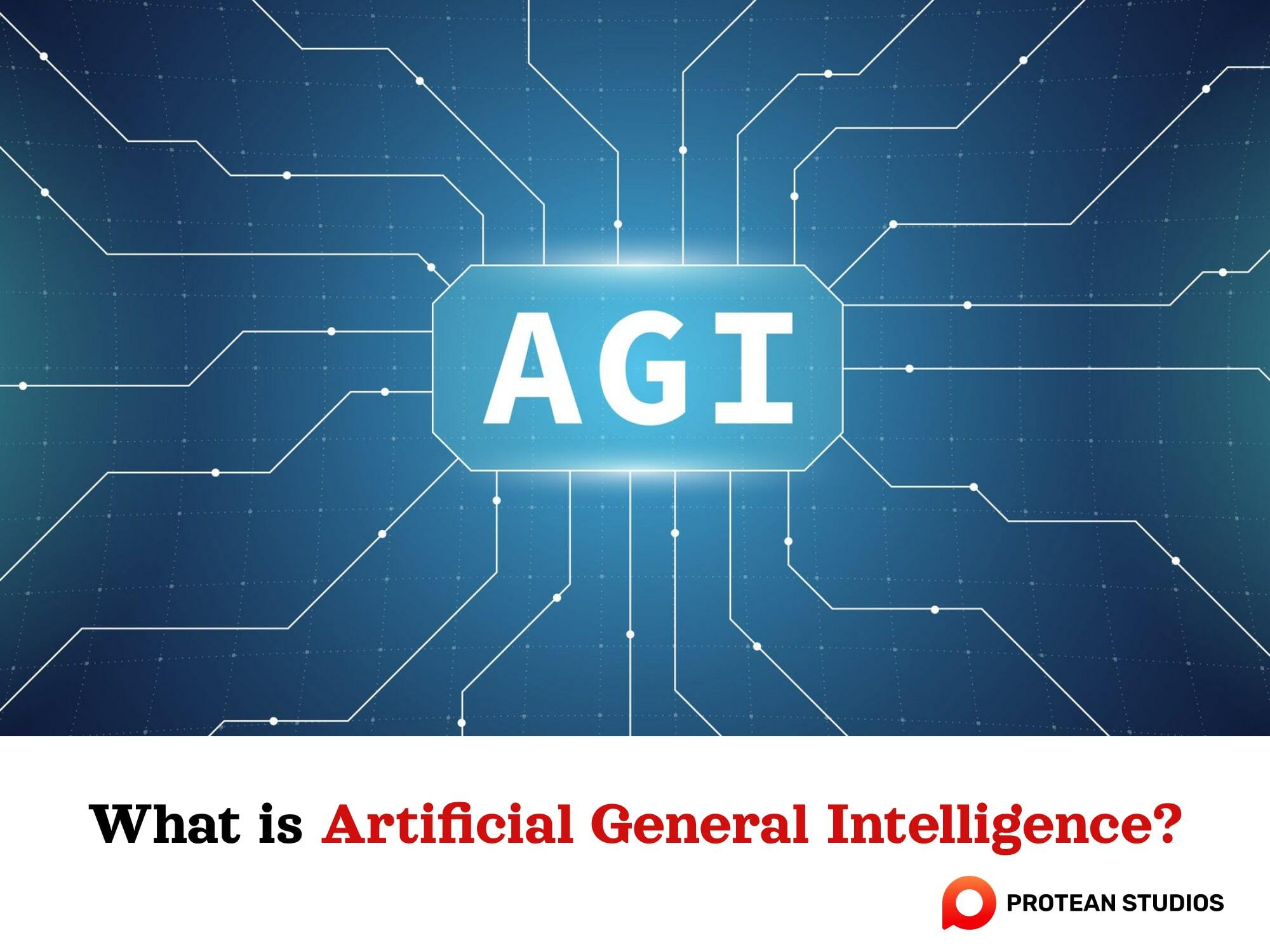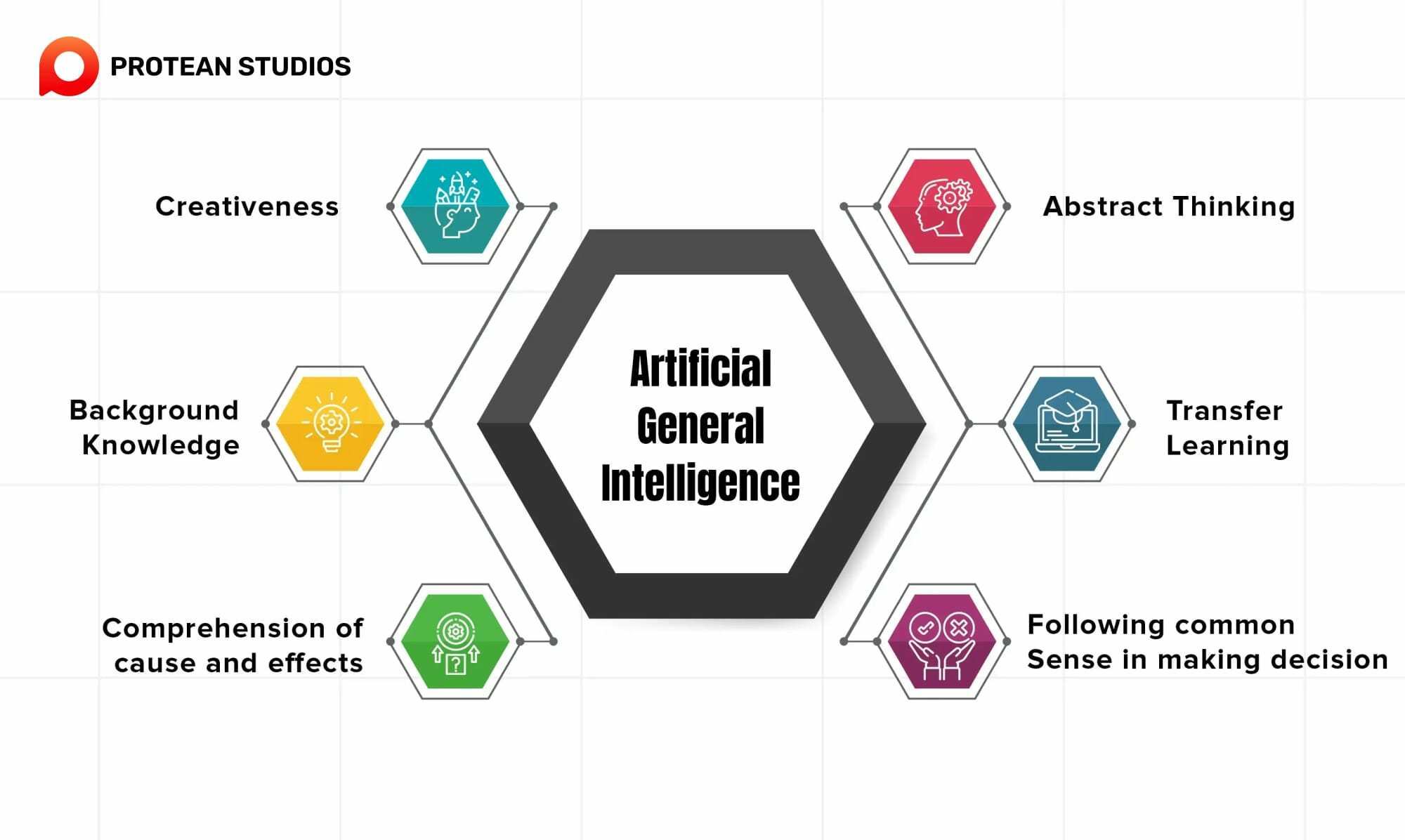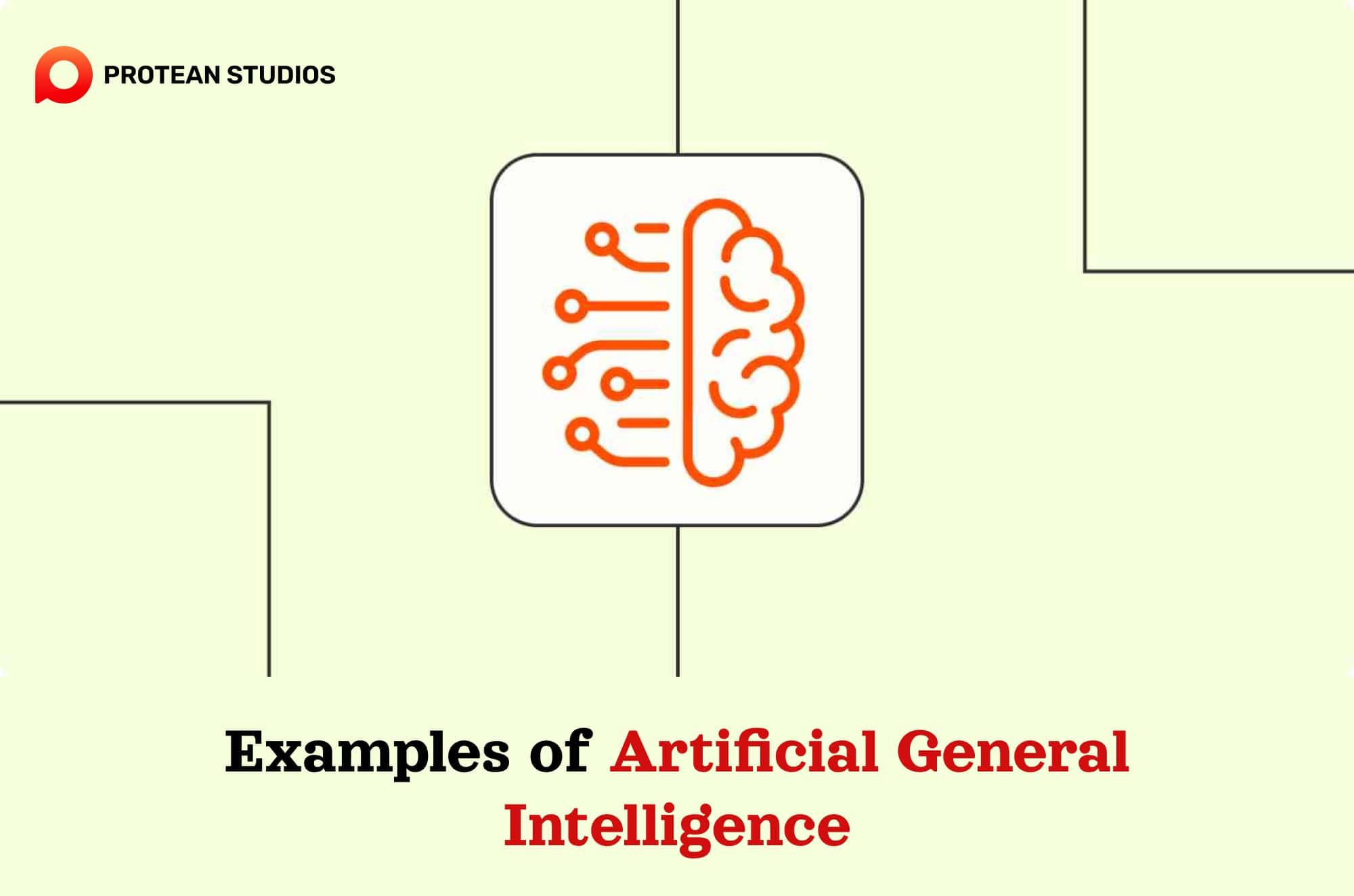Have you ever imagined a machine capable of not just playing chess or recognizing faces, but understanding the world and solving problems as well as a human? This is the ambitious goal of AGI in the near future. In this blog, we'll delve into the capabilities of AGI, explore its potential impact on society, and discuss its exciting advantages and challenges.
What is AGI?
Artificial General Intelligence (AGI), also known as strong AI or full AI, is a hypothetical type of artificial intelligence that possesses the cognitive abilities of a human being. Unlike narrow AI, which is designed to perform specific tasks, AGI would have the ability to learn, reason, and solve problems in a general way, like how humans do.

Besides, AGI would be able to understand and manipulate information, adapt to new situations, and learn from experience. It would be able to perform any intellectual task that a human can and even surpass human capabilities in some areas.
AGI is still a long way off from being realized, but it is a goal that many AI researchers are striving for. Achieving AGI would have a profound impact on society, and it is important to start thinking about the ethical and social implications of such powerful technology now.
What can artificial general intelligence do?
Artificial General Intelligence represents a frontier in the field of artificial intelligence that aims to create machines that can understand, learn, and apply knowledge just like human intelligence. Experts appreciate that AI can perform any intellectual task that a human being can, encompassing reasoning, problem-solving, perception, learning, and language comprehension.
As of now, true AGI does not exist, and the field is still in the research and development phase. Yet, the implications of achieving AGI are profound, touching every aspect of our lives, businesses, and societies. It could revolutionize industries by providing advanced problem-solving capabilities, enhancing creative processes, and even offering insights into human cognition itself.

Read more: Top AI And Marketing Automation Tools 2024
AGI vs. AI: What’s the Difference?
While AI and AGI may seem similar, they are distinct concepts with unique characteristics and developmental goals.
Aspect | AGI | Narrow AI |
Type | Narrow or Artificial Narrow Intelligence (ANI) | Hypothetical |
Scope of Tasks | Broad capabilities, able to perform any intellectual task. | Specific, designed for particular tasks |
Learning Ability | Able to learn and adapt in many fields. | Limited to the specific domain it's designed for. |
Autonomy | High operates without human intervention. | Varies often need human oversight. |
Flexibility | Flexible; Can switch between tasks | Limited flexibility, performs predefined tasks |
Knowledge Transfer | Yes | No |
Cognitive Abilities | Replicates wide-ranging human cognitive abilities | Imitates particular facets of human intelligence |
Problem-Solving | Capable of solving a broad spectrum of problems | Addresses specific problems it was trained to handle. |
Self-Awareness | Self-aware | Not self-aware |
Example Applications | Autonomous research, Human-like robots | Speech recognition, Image recognition, chatbots |
Development Stage | Theoretical and experimental | Developed and deployed in various industries |
Adaptability | Yes | Limited |
Ethical Considerations | needs extensive ethical frameworks | Ethical issues related to specific applications |
Dependency on Data | Can learn from a variety of data sources. | Dependent on specific training data |
Impact Potential | Potential to transform all aspects of society | Significant but domain-limited impact |
Other Article: A Guide To Protecting Customer Trust When Using Artificial Intelligence
Examples of artificial general intelligence
AI that learns, thinks, and behaves like a person still doesn't exist. Yet, there are weak AI tools that incorporate some elements of artificial general intelligence or push the boundaries of limited memory.
"Two of the best-known examples are self-driving cars and supercomputers like IBM’s Watson," said Laxman. AI programs are also used to create music, military supercomputers, and quantum computers for strategizing war and crisis scenarios.
Some forms of weak AI might seem advanced enough to be artificial general intelligence—think of Sophia the robot. The field of generative AI, particularly with tools like ChatGPT, has made significant progress, suggesting AGI isn't far away.
“AGI doesn’t exist today as we imagine it,” said Wayne Chang, cofounder of Digits, to Built In. “But the speed of innovation towards AGI is accelerating. AGI would perform tasks identical to or even better than those performed by humans.”

Read more: Three Essentials For Email Marketing In 2024
The future of AGI
Although AGI is still a ways off, rapid progress in AI is bringing us closer to achieving it. Some predictions suggest that computers could reach human-level intelligence as early as 2029.
AGI would enable AI to handle abstract thinking, common sense, background knowledge, transfer learning, and understanding cause and effect. This would revolutionize many industries. For example, AGI could perform surgeries in medicine and enable autonomous cars in the automotive industry. Some ambitious visions even see AGI helping humanity tackle large-scale issues like climate change.
With its wide-ranging capabilities, AGI could automate tasks that need human-level abstract thinking. This would allow complex tasks and workflows to be powered by AI, saving organizations time and money.
The development of AGI is a complex and challenging task, but it is also a very rewarding one. If we can successfully create AGI, it could have a profound impact on our world for the better. Yet, it is important to proceed with caution and to consider the ethical implications of developing such powerful technology.




